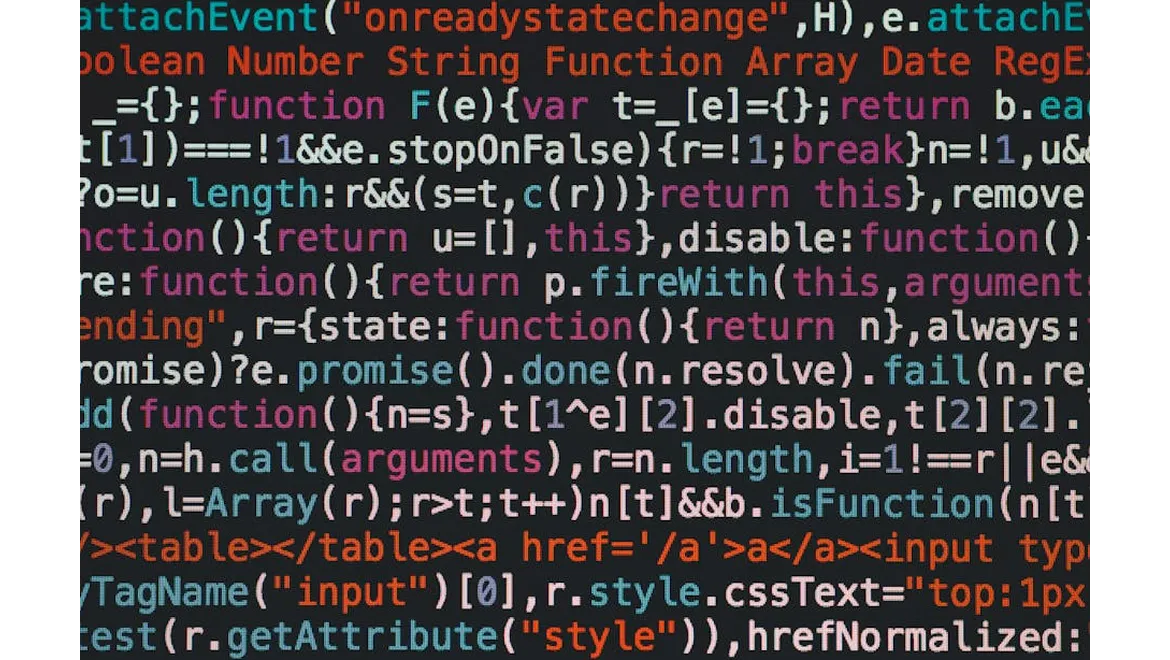Have you ever felt like your social media marketing efforts were like throwing spaghetti at the wall to see what sticks? I certainly did until I discovered the magic of advanced demographic segmentation using AI. Let me take you on a fascinating journey through the steps I followed to transform my social media marketing strategy.
Getting Started: Understanding Demographic Segmentation
Before diving into the advanced techniques, it’s crucial to understand what demographic segmentation entails. Essentially, it’s the process of dividing your audience into distinct groups based on variables such as age, gender, income, education, and more. The goal is to tailor your marketing efforts to better resonate with each segment, thus improving engagement and conversion rates.
Step 1: Collecting Data
The first step in any segmentation exercise is data collection. For this, I turned to social media analytics tools, such as Facebook Insights, Twitter Analytics, and Instagram Insights. These platforms provide a treasure trove of demographic information about your followers.
However, to truly leverage AI, I needed more than just basic demographics. I employed third-party tools like Google Analytics and CRM systems to gather behavioural data, including purchasing habits, content preferences, and online activity.
Step 2: Cleaning and Preparing Data
Raw data is often messy and requires cleaning. This step may seem tedious, but it’s essential for accurate segmentation. I used Python, a versatile programming language, along with libraries like Pandas and NumPy, to clean and organise the data.
For those less familiar with coding, tools like Excel or Google Sheets can also be effective. The key is to ensure that your data is consistent, free of duplicates, and formatted correctly.
Step 3: Employing AI Algorithms
Here comes the exciting part: using AI algorithms for segmentation. I opted for machine learning models, particularly clustering algorithms like K-means and hierarchical clustering. These algorithms group similar data points together, helping identify distinct audience segments.
Using Python’s Scikit-learn library, I implemented these algorithms. Here’s a simplified version of the Python code I used:
“`python
from sklearn.cluster import KMeans
import pandas as pd
Load data
data = pd.read_csv(‘your_data.csv’)
Select features for clustering
features = data[[‘age’, ‘income’, ‘purchase_frequency’]]
Implement K-means
kmeans = KMeans(n_clusters=5)
kmeans.fit(features)
Add cluster labels to the original data
data[‘segment’] = kmeans.labels_
“`
This code essentially divides your audience into five distinct segments based on age, income, and purchase frequency. You can adjust the number of clusters and the features according to your needs.
Step 4: Analysing and Interpreting the Results
Once the segments were created, the next step was to analyse them. I examined each cluster to understand its unique characteristics. For instance, one segment might consist predominantly of young, high-income individuals who frequently purchase luxury items, while another might be older, budget-conscious shoppers.
I visualised these segments using tools like Tableau and Matplotlib. Visualisation helps in comprehending the data better and making informed decisions. Pie charts, bar graphs, and scatter plots are particularly useful for this purpose.
Step 5: Crafting Tailored Marketing Strategies
With the segments clearly defined, I crafted tailored marketing strategies for each. For example, for the young, high-income segment, I focused on promoting premium products and leveraging platforms like Instagram and LinkedIn, where they are most active. On the other hand, for the budget-conscious segment, I highlighted discounts and value-for-money deals, using Facebook and email marketing to reach them effectively.
Step 6: Implementing and Monitoring the Campaigns
The final step was to implement these strategies and monitor their performance. I used social media management tools like Hootsuite and Buffer to schedule posts and track engagement. Regular monitoring and tweaking were crucial to ensure the campaigns stayed on track and delivered the desired results.
Bringing It All Together
Embarking on the journey of advanced demographic segmentation using AI transformed my social media marketing from a guessing game to a data-driven strategy. By collecting and cleaning data, employing sophisticated AI algorithms, and crafting tailored marketing strategies, I was able to engage my audience more effectively and boost my conversion rates.
Remember, the key to success lies in understanding your audience deeply and continuously refining your approach based on data insights. Whether you’re a seasoned marketer or just starting out, these techniques can elevate your social media marketing to new heights. So, why wait? Dive into the world of AI-driven demographic segmentation and watch your marketing efforts soar!











